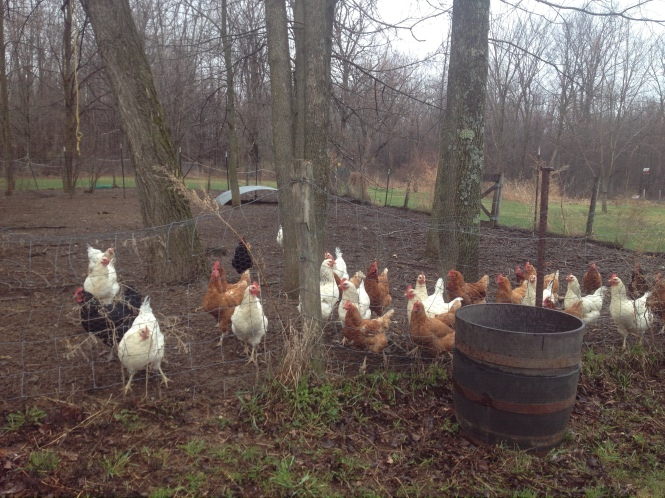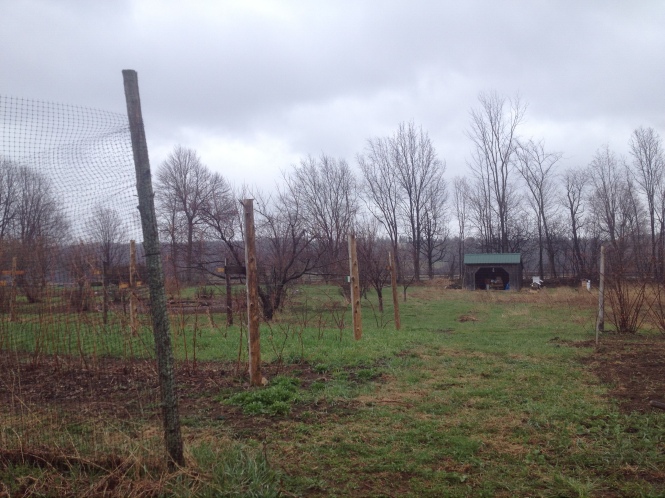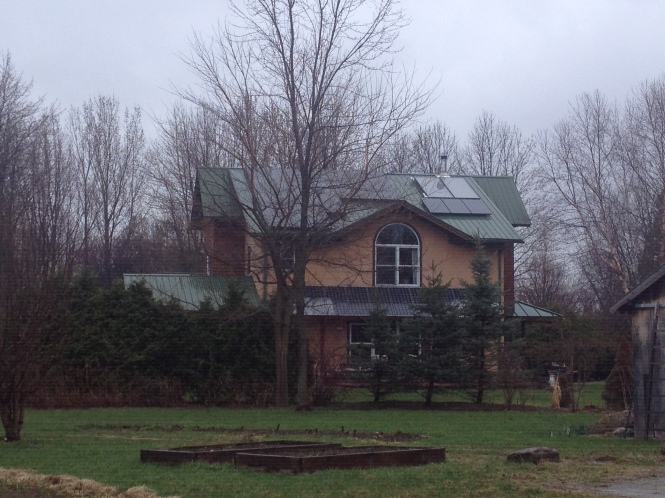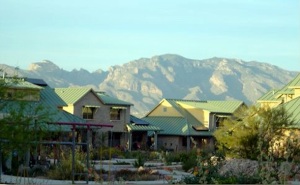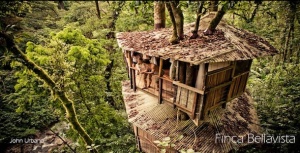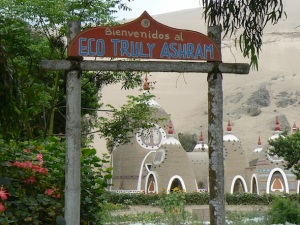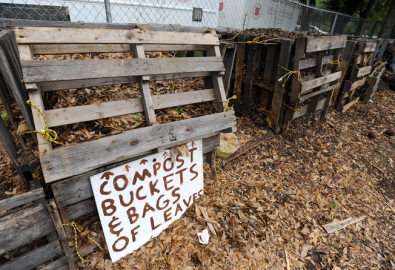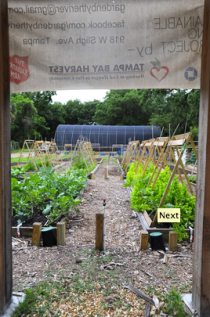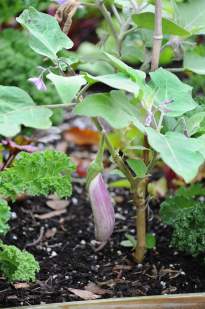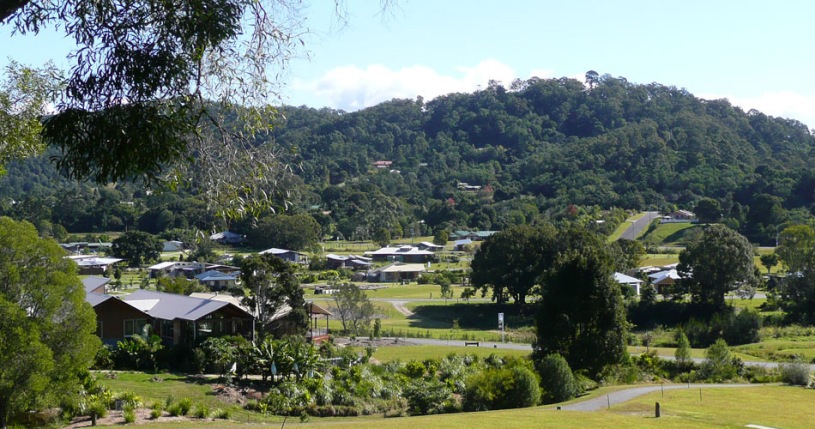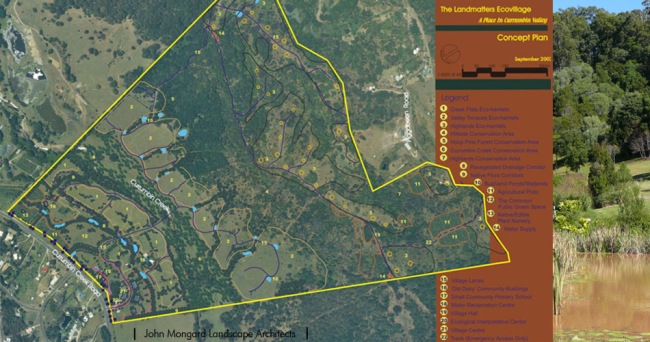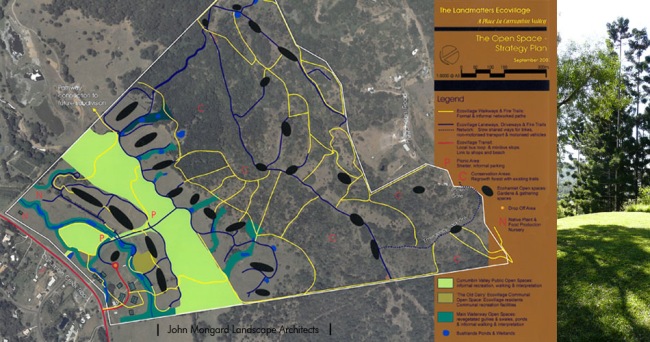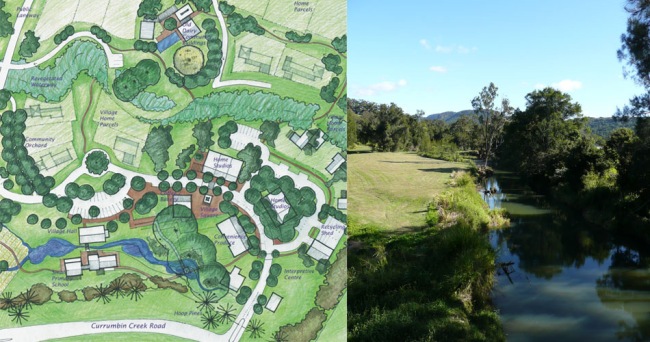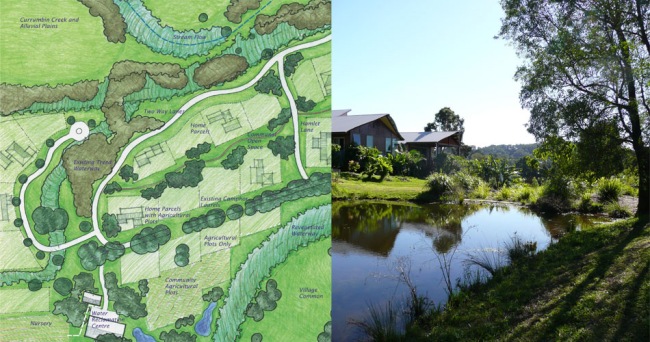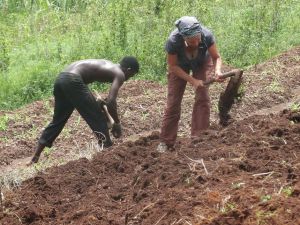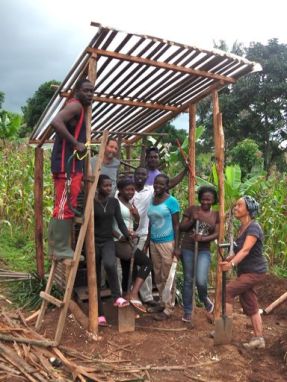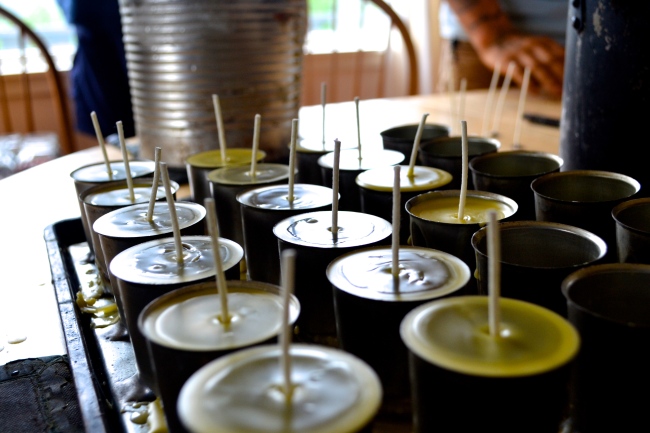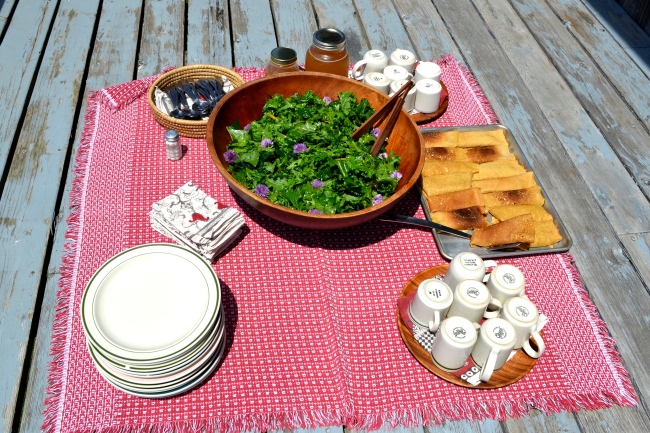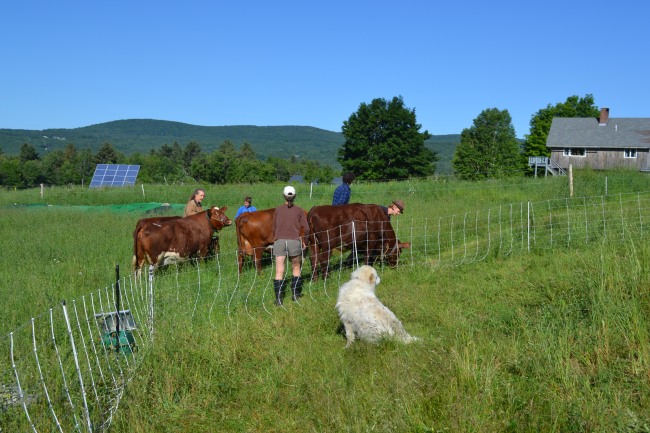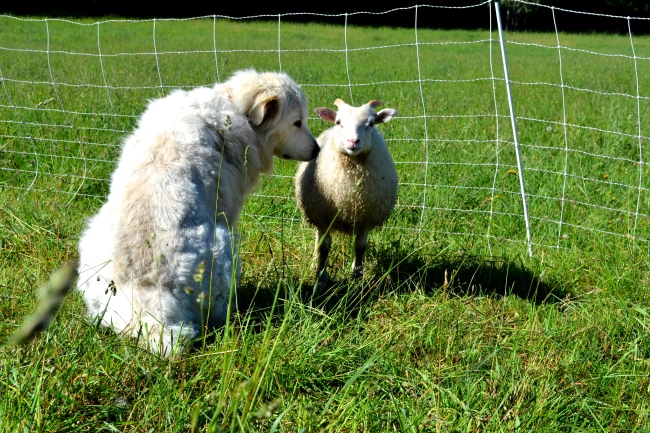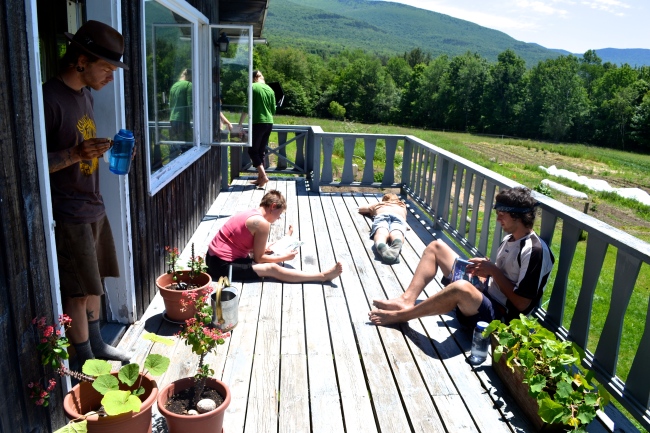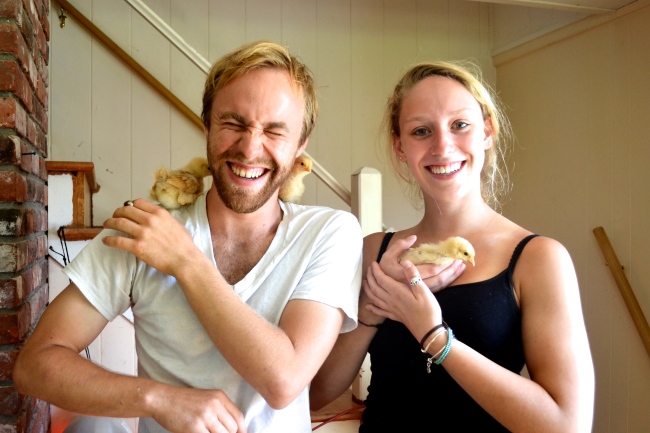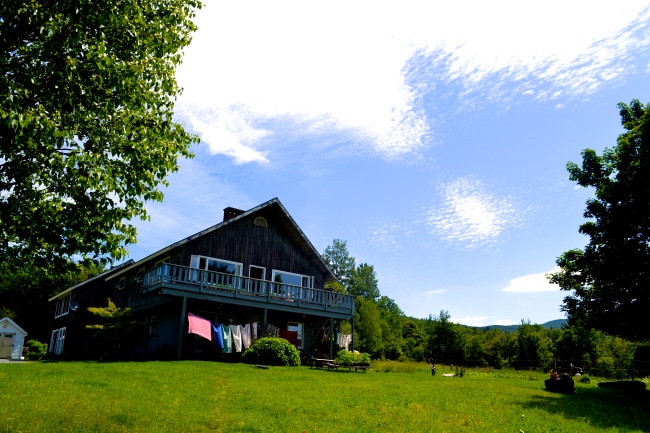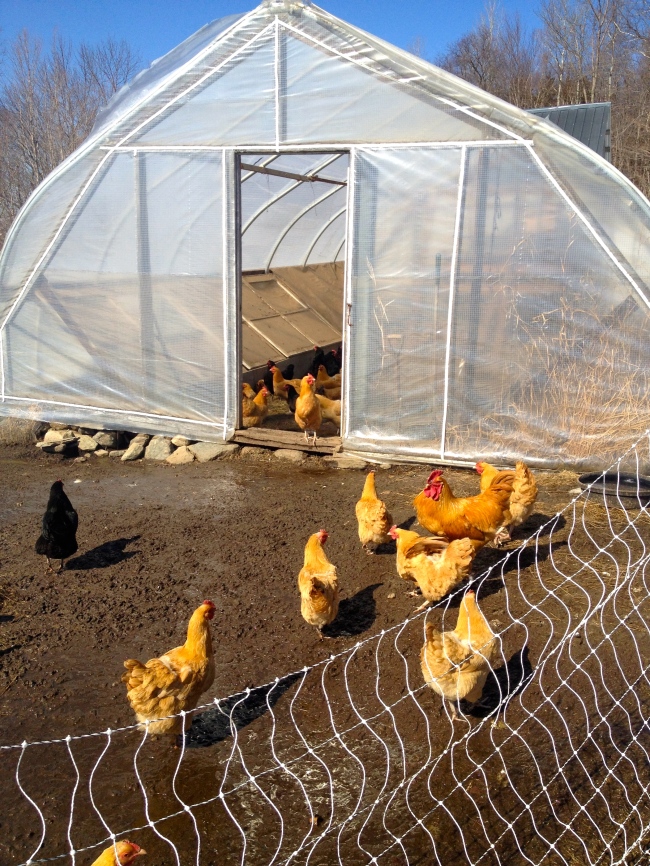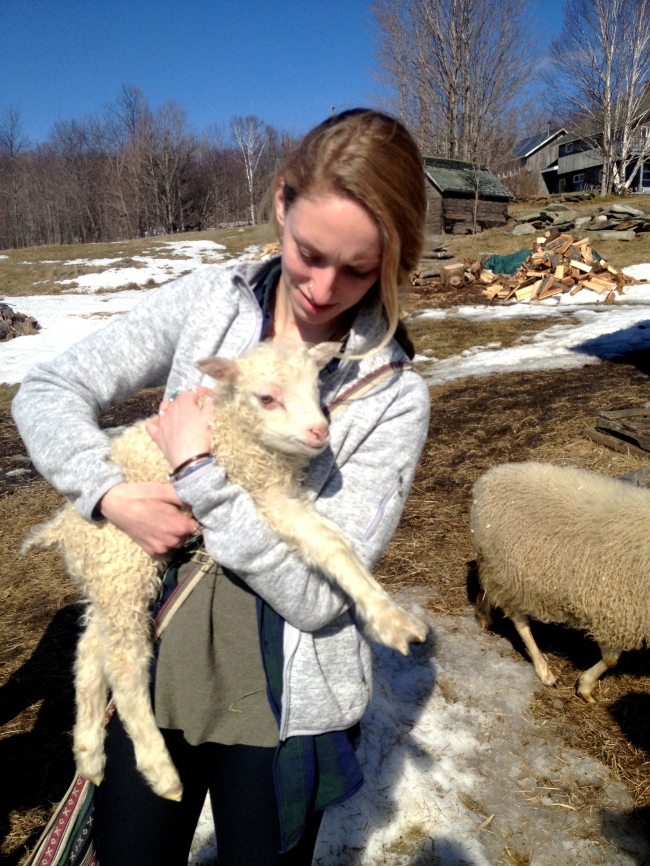Today, I was lucky enough to get to visit Ten Stones Community, an eco-village in Charlotte, Vermont. While there, I got to speak to Cami Davis (one of the residents) and Ted Montgomery (the last of the community founders still living there). When I first arrived, I met Cami in the garden: her and a few of her neighbors were working on planting tree saplings because they want to add more native plant diversity to the forest on their property. Some of the trees they were included were black cherry, witch hazel, and balsam fir. After working with them for about half-an-hour, Cami took me on a tour of the entire property and gave me the low-down on what the eco-village was all about and the kinds of things that happen there. The Ten Stone’s Community boasts a beautiful, community garden which they have made a CSA program (available to people in and out of the village), they also have people doing beekeeping, large-scale composting, and chicken husbandry among other projects. Each member of the community must work thirty-hours a year to ensure all of the jobs get done, but they get to pick between these projects and many more. After getting the grand tour, Cami invited me into her house for some hot tea-complete with honey harvested from Ten Stones bees! The two of us carried on conversation for a while about what it was like to live in an ecovillage, before I moved on to Ted’s house.
Speaking of, Ted has the most beautiful house I have ever seen. He is an architect, and designed his house and nearly all of his furniture with his wife. As one of the original founders of Ten Stones Community, Ted had a lot of information to share that was new to me. In terms of the origination of the village, it all started when he, his wife, and another couple sat down at his kitchen table and made lists describing their perfect place to live. From there, the idea of the ecovillage evolved, and in the early nineties the plan was put into action (with 13 more families at this point).
Ted commented on the fact that at times, it can be extremely difficult to make an ecovillage work because in practice, creating one takes a lot of effort, trust, and patience. Along the way, a lot of interested people left the project due to conflict, which existed within the community until most of the infrastructure had been built. Cami noted that one of the problems is that some people wanted to make everyone do the same amount of community work, whereas others had a looser perspective and only wanted people to work out of joy. Considering all the work it takes to build a community like this, it is no surprise that conflict would arise time to time.
Because the community owns the land as a single property (with further allotments within), unlike other neighborhoods in Charlotte they are responsible for making sure their power lines work, their roads are always graveled, and often they have to deal with a lot of maintenance stuff that the average neighborhood would leave to the town. In this way, living at Ten Stones requires people to really take pride in their community and accept that in return for the close-knit community and advantages, often a little extra work is expected.
Because of this, Ted believes that Ten Stones, though a wonderful fit for many, is not the best fit for everyone. He doesn’t like calling his site an ecovillage: he prefers “intentional community” or “neighborhood with soul”. In this sense, to be a happy member of the community, your goals and dreams must really coincide with those already living there. Ted mentioned this does not by any means mean that change should not happen (in fact, they are adding new projects all the time), but because they need to problem-solve in a unique way, it is important that everyone agrees with the mission of the area.
A fun-fact about the community is that it was named after the Jimi Hendrix song “Three Stones from the Sun”. When Ted was back in school, he named his ecological-design related thesis “Ten Stones from the Sun”, after that song which reflects upon nature, and that name has stuck through the years! Below, I have included some photos I took during my visit to Ten Stones. Enjoy!
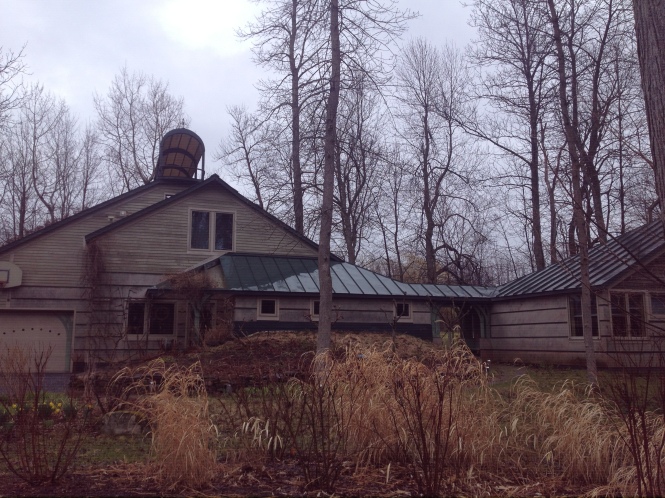
Ted Montgomery’s home: the roof addition is a grassy area where you can sit and view the Adirondacks
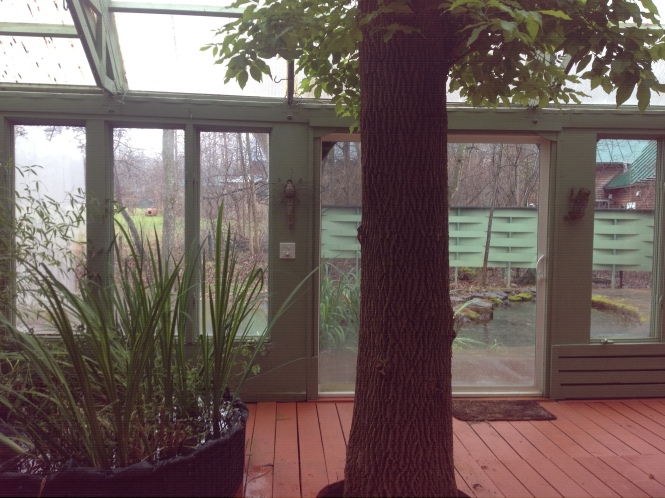
Inside Ted’s house he has a “greenhouse room” with a pond and an Ash tree that goes through the ceiling. Outside you can see his outdoor pond as well.

Ted is working on more ecological design projects: this is actually a model for a solar-paneled community centered around a wind turbine, designed to look like a flower and have cohousing. He hopes to bring this community to the Caribbean.
Because I spent an entire afternoon at Ten Stones, I chose to informally talk to Cami and Ted. Due to this, I do not have an official transcript of our conversations. At the beginning of this post I highlighted some stories I heard from them, and if you would like to know more please comment on this blog post and I will be sure to answer any questions!

